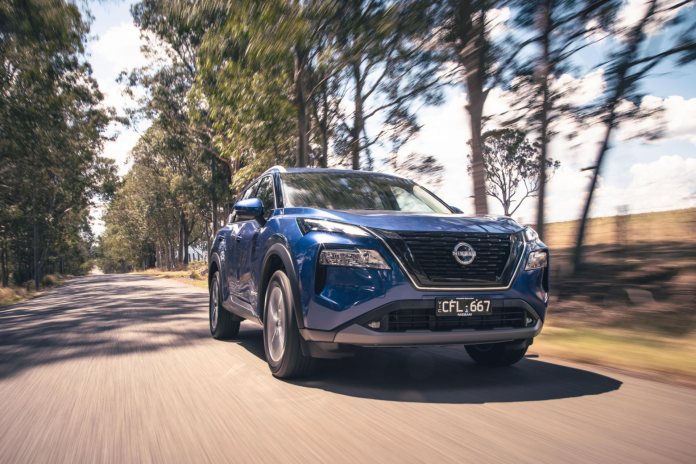Financially troubled Japanese automaker Nissan is staking its recovery on an upgraded “e-Power” hybrid system, according to AP News.
The company aims to carve a niche in the competitive electric vehicle (EV) market while navigating turbulent trade conditions under US President Donald Trump’s tariff policy.
Nissan’s e-Power technology, a hybrid system combining an electric motor with a gasoline engine, differs from rivals like Toyota’s Prius by operating solely on battery power during drives, ensuring a “quiet, smooth ride” without requiring plug-in charging. Chief Technology Officer Eiichi Akashi emphasised its uniqueness during a test drive event near Tokyo.
Nissan has a proud history of pioneering innovative technology that set us apart.
The system, already available in Europe’s Qashqai and X-Trail models and Japan’s Note, will debut in the US via the new Rogue. Unlike conventional EVs, e-Power vehicles refuel at petrol stations, sidestepping charging infrastructure gaps, a potential edge in markets like North America where Nissan reported a $4.5 billion loss for the fiscal year ending March 2025.
Under CEO Ivan Espinosa’s restructuring plan, Nissan is slashing 20,000 jobs (15% of its workforce) and shuttering seven of 17 global plants to stem losses. The firm also aims to reduce reliance on volatile markets, with Trump’s 25% auto tariffs exacerbating challenges for Japanese manufacturers.
Despite pioneering mass-market EVs with the Leaf in 2010, Nissan lags in the global EV race. Plans for solid-state batteries—touted as safer and more efficient than lithium-ion—aim to rejuvenate its electric offerings.
Failed merger talks with Honda in February 2025 underscored Nissan’s isolation, though executives insist e-Power can stabilise finances. With US tariffs squeezing margins and competitors accelerating electrification, Nissan’s hybrid gamble may define its survival in an industry racing toward an electric future.
